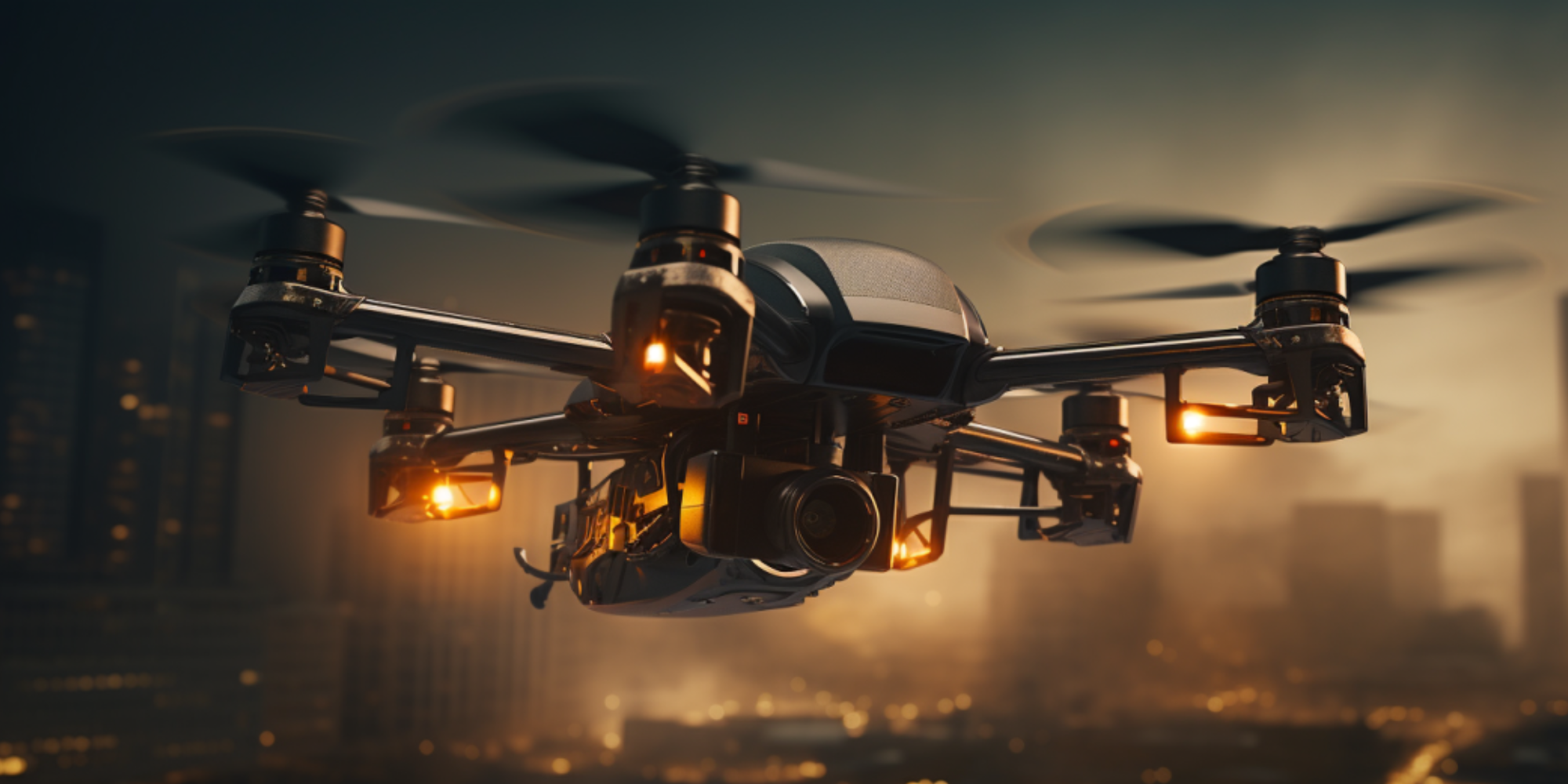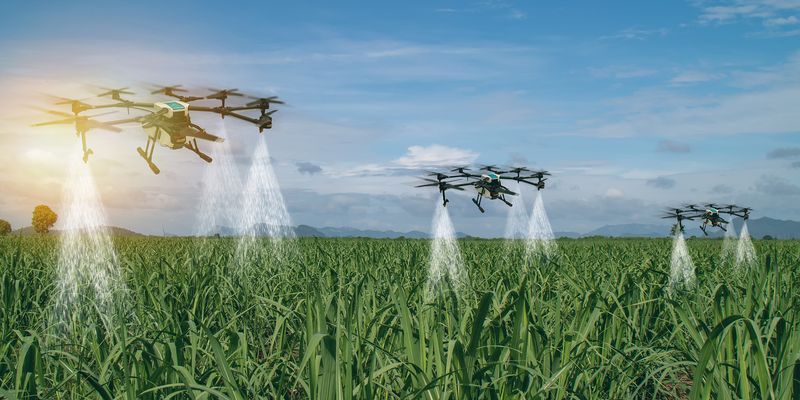
Operation Sindoor was a pivotal movement in India's history. It was the first time the drones were used extensively by both India and Pakistan in warfare. The result? A completely new way of fighting wars.
India used both made-in-India and Israeli drones for various purposes during the mission. The type of drones used includes kamikaze drones, ISR (Intelligence, Surveillance and Reconnaissance) drones, electronic decoys, quadcopters, and many more. These were used for intelligence gathering, surveillance, and precision strikes.
Recently, while speaking to military personnel at Adampur Air Base, Prime Minister Narendra Modi praised India’s armed forces for the accurate use of drones that helped India gain a decisive advantage.
Drones for dual-use
Understandably, a lot has been spoken about how drones can help India secure its borders. In fact, many Indian companies are building high-quality lethal drones, suitable for use in the battlefield. Operation Spiderweb, carried out by Ukraine recently during the Russia-Ukraine war, also put drones into the spotlight.
However, in order for India to become a drone nation, we need to think about the dual-use potential for drones. This means their application in both the defence and civilian sectors. Although there are many programmes aimed at encouraging the use of drones in civilian sectors in India, there is still a lot of untapped potential.
India's drone market was estimated to be valued at $1.2 billion in 2024, as per the IMARC group, whereas the world market was $42 billion. For a country that hosts nearly a sixth of the world population, clearly, we have a lot of catching up to do.
At least one major telecom provider in India has been using drones for the past three years for tower maintenance. Using drones for such applications can help reduce the risk to humans as well as improve efficiency. Drones can easily check cell towers for defects, cracks, and other problems and help reduce the amount of time spent to repair them.
On November 16, 2020, the Indian government granted the International Crops Research Institute (ICRISAT) permission to use drones for agricultural research activities. With this move, the government opened a market opportunity with potential to scale 5 lakh+ drones, with hopes to encourage budding researchers and entrepreneurs to look at budget-friendly drone solutions, making agriculture another use case where drones have been used extensively to improve the lives of those in rural areas. The Drone Didi programme has been hugely successful across India—this is a scheme through which the government subsidises training rural women to operate drones that can spray pesticides on crops. This provides employment, as well as reduces human exposure to chemicals.
Several states in India are also tapping into the unmatched potential that drones have for surveillance uses. For example, Tamil Nadu is stepping up to using drones for monitoring mines as well as keeping track of the state’s ecologically important elephant population. Andhra Pradesh is reportedly going to start using drones to check illegal mining.
Police departments in several cities and states are also using drones for controlling and monitoring traffic. In some cases, these drones are AI-enabled and can even issue challans to traffic rule violators.

Global advances in drone technology
In Puerto Rico, drones were recently used as ad-hoc cell towers to get back cell network connectivity after Hurricane Maria. Called ‘Flying Cells of Wings’, these drones helped restore connectivity to badly hit areas and aided in rescue efforts.
Now imagine the night sky being lit up with thousands of drones as they form intricate colourful patterns like dragons, flowers and tigers. This is not science fiction but an actual Guinness World Record created in Shenzhen, China, last year. A total of 7,598 drones were used in this display.
In Canada and the US, drones are being used to control wildfires, and sometimes even set them off in controlled ways so that large conflagrations can be avoided later. Such unthought-of and unheard-of uses of drones are becoming more and more commonplace now.
A flight plan for India
It’s clear that there is a lot to be explored by different business verticals, leading to nearly endless potential for drones to help the country reach new heights of economic development and self-sufficiency.
While drones are still a nascent industry, India’s ‘Make in India for the world’ approach can make it the leading drone nation of the world in the future, replicating the IT / ITES success story at a much different scale.
(Preet Sandhuu is the founder and promoter ofDrone Planet.)
Edited by Kanishk Singh
(Disclaimer: The views and opinions expressed in this article are those of the author and do not necessarily reflect the views of YourStory.)
Original Article
(Disclaimer – This post is auto-fetched from publicly available RSS feeds. Original source: Yourstory. All rights belong to the respective publisher.)